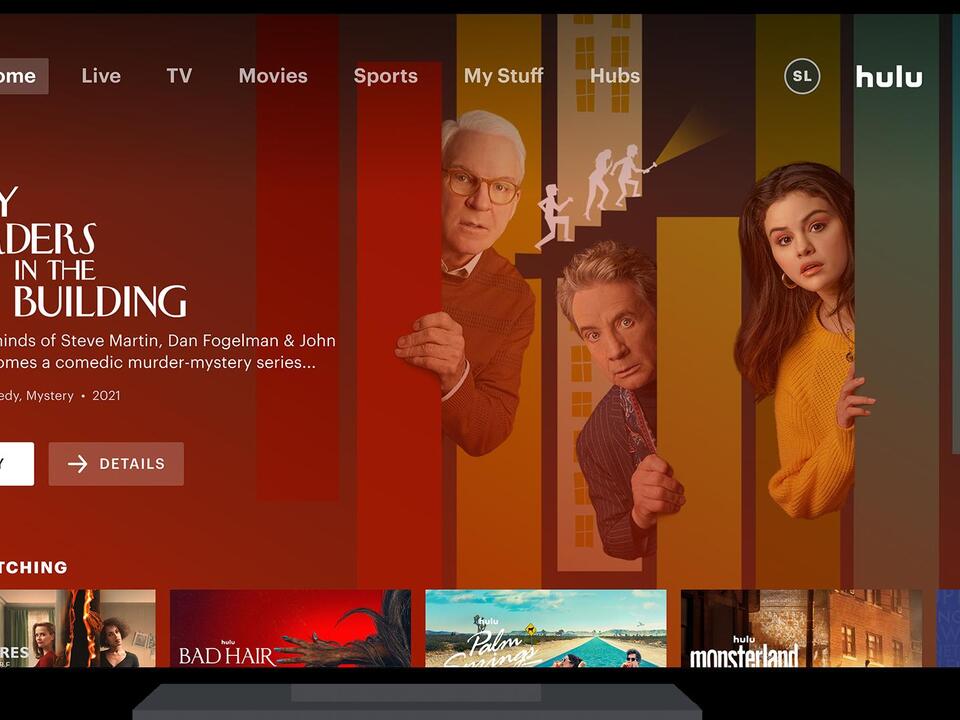Physical Address
304 North Cardinal St.
Dorchester Center, MA 02124
Physical Address
304 North Cardinal St.
Dorchester Center, MA 02124

Remember when cutting the cable cord and switching to streaming services was supposed to save you money?
We’re now deep into the streaming era, where major companies and Hollywood studios have invested billions into new streaming platforms, many incorporating a plus sign in their names. Think of Netflix, Disney+, Apple TV+, Paramount+, Peacock, Max, Hulu, and Amazon Prime Video, along with niche services like Shudder and Acorn TV. While traditional broadcast networks and some cable channels still produce new shows, the most Emmy-nominated, high-profile series featuring the biggest stars require an internet connection.
It’s great if you enjoy binge-watching, but have you checked your monthly subscription bills lately? Charges for services like Peacock and Disney+ might be considerably higher than they were when you first subscribed.
When Disney+ and Apple TV+ launched, they offered low introductory prices to attract consumers before raising rates. As shows like “Bluey” and “Ted Lasso” become regular expenses, you may not have noticed that fees for almost every service have been gradually increasing. For instance, ad-free Hulu will cost $18.99 a month by October, following a recent price hike for all Disney services. Back in 2015, when ad-free Hulu was introduced, it was just $11.99.
Here’s a look at the current and upcoming prices of major streaming services, bundles, and the new sports-only app Venu, arriving this month.
So everything’s more expensive, but does that mean streamers are better than ever? Surprisingly, the number of new shows produced annually has dropped since the peak of streaming in 2019 and 2020. So why are companies able to charge more while canceling some fan-favorite shows and reducing new content?
The answer lies in profitability. “Streamflation,” a term coined to describe this phenomenon, is part of the broader inflation affecting the U.S. economy. For years, streaming was seen as a cheaper alternative to cable and a potential goldmine for media companies. However, in 2022, Netflix experienced a significant drop in subscribers, sending the industry into a frenzy of layoffs, cost-cutting measures, price hikes, bundling, and the introduction of ad-supported tiers to generate additional revenue.
To address this issue, companies have raised prices, especially on ad-free tiers, pushing consumers toward cheaper ad-supported options. This shift makes sense because the more viewers watch, the higher the rates they can charge advertisers.
The high prices for individual services mark another strategy shift to encourage consumers to sign up for bundles like the Disney and Hulu bundle or combinations of rivals, such as the Max/Disney+/Hulu bundle or Comcast’s Xfinity Streamsaver, which combines Peacock, Netflix, and Apple TV+. If you can get ad-free Disney+ with your Hulu for just $1 more than ad-free Hulu alone, why wouldn’t you choose it? It’s the Supersize Me of streaming content.
Research indicates that bundle subscribers are less likely to cancel services compared to those opting for stand-alone services, a costly pattern known as “churn” that requires marketing dollars to replace them.
If you dislike ads, bundles, or higher prices, there’s bad news: These trends aren’t going anywhere. Even if some subscribers cancel in response, not everyone will.
“Consumer tolerance for price increases varies widely. Typically, around 30% to 40% of subscribers may consider canceling in response to a price hike,” says Catalina Skramstad, senior VP of marketing and partnerships at streaming analytics firm NPAW.
Services are keeping enough subscribers and generating sufficient revenue that Wall Street has reacted positively to these strategies. We’re likely to see more service bundles, more price increases, and a stronger emphasis on ad-supported tiers (as seen with Amazon, where regular subscribers were unexpectedly subjected to ads unless they paid more). This is the new reality in the streaming world.
That is, until the next boom or bust reshapes everything once again.
This article originally appeared on USA TODAY: Here’s why all your streaming services cost a small fortune now
Source: USA TODAY



